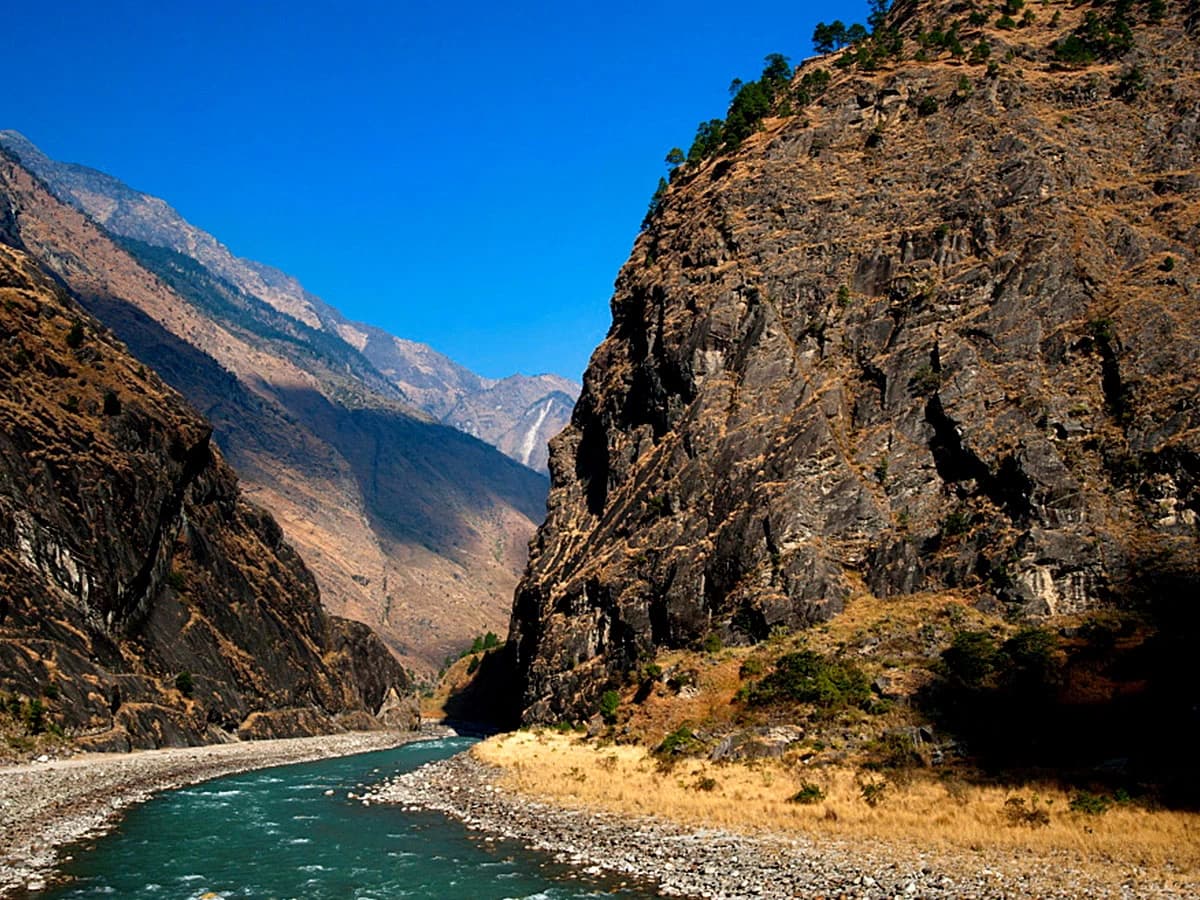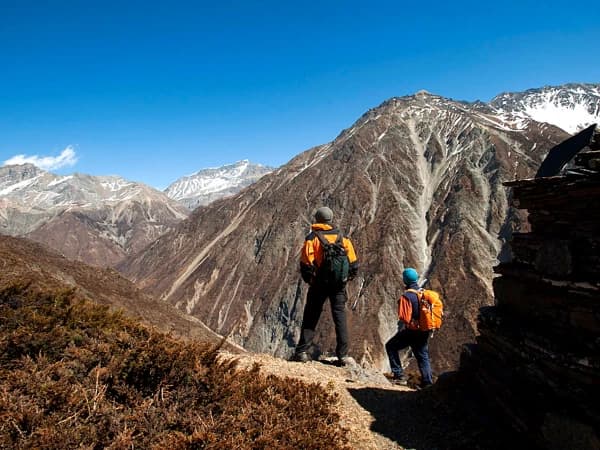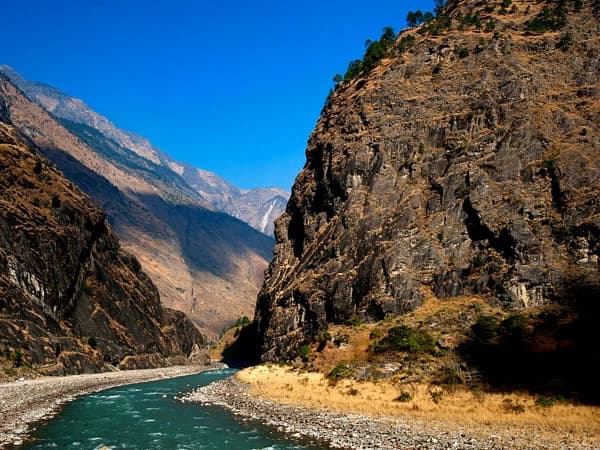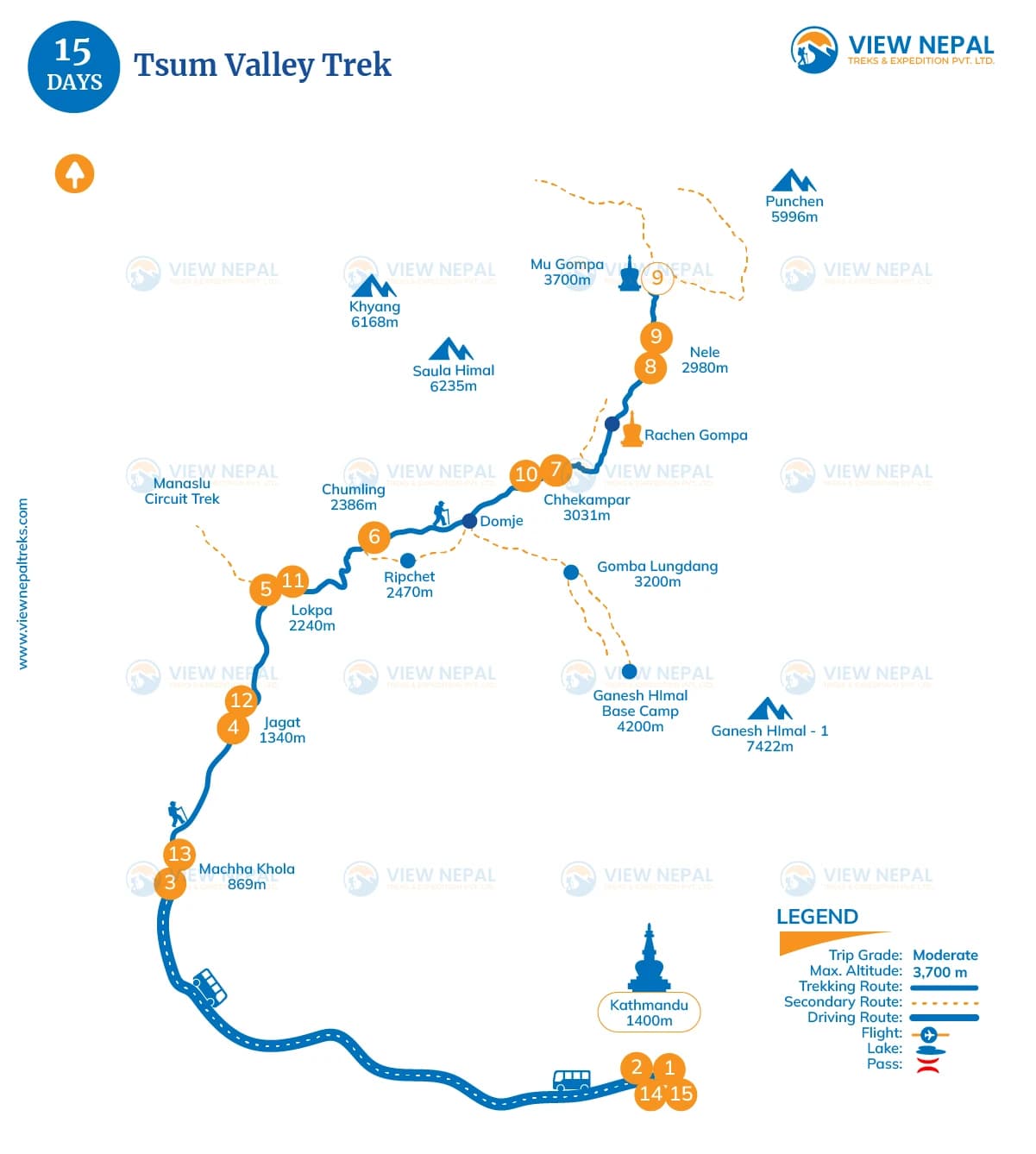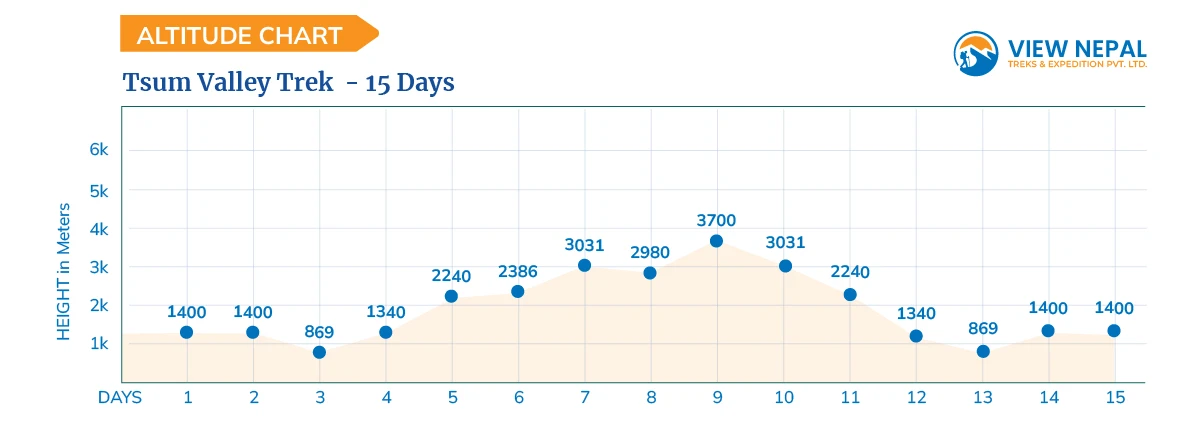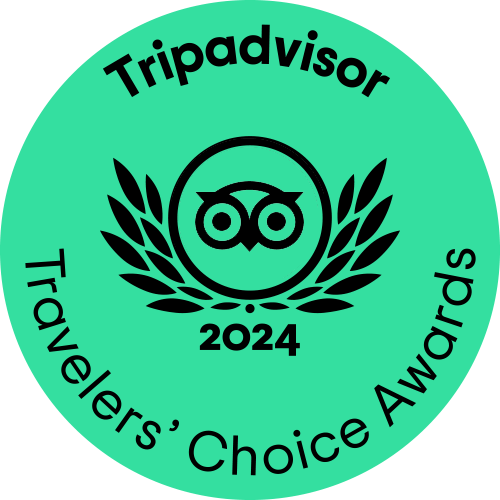The Tsum Valley trek is a culturally rich and scenically stunning trekking route in the Manaslu region of Nepal.
Tsum Valley lies in the northern part of the Gorkha district in Nepal, close to the Tibetan border. It's a remote valley that was opened for trekking in 2008. Tsum Valley is known for its strong Tibetan influence, and the inhabitants of the valley are mostly of Tibetan origin. The region is dotted with ancient Buddhist monasteries, chortens (stupas), and mani walls adorned with Buddhist prayers.
The trek offers diverse landscapes, including lush forests, terraced fields, cascading waterfalls, and rugged mountain terrain. The views of the Ganesh Himal, Sringi Himal, and other peaks are spectacular throughout the journey.
Trekking through picturesque villages like Chumling, Chhekampar, and Nele allows you to immerse yourself in the local culture and hospitality. Explore ancient monasteries such as Mu Gompa and Rachen Gompa, which are important centers of Tibetan Buddhism and offer insight into the spiritual traditions of the region. The trek often includes crossing the Naro Bhanjyang Pass (4,800 meters), which offers breathtaking panoramic views of the surrounding peaks and valleys.
The Tsum Valley is home to diverse flora and fauna, including rhododendron forests, pine trees, and various species of wildlife like the Himalayan tahr, musk deer, and red panda. The trek typically takes around 14 to 21 days to complete, depending on the starting and ending points, side trips, and acclimatization needs.
Trekkers need a special permit called the Tsum Valley Restricted Area Permit in addition to the Manaslu Conservation Area Permit to enter the Tsum Valley. The Tsum Valley trek is considered moderately challenging, with high altitude and some steep ascents and descents. Proper acclimatization and physical fitness are essential.
Overall, the Tsum Valley trek offers a unique blend of natural beauty, cultural immersion, and spiritual exploration, making it a memorable adventure for trekkers seeking an off-the-beaten-path experience in Nepal.
Highlights
Tibetan culture in villages like Chhekampar, Chumling, and Nele.
- Monasteries such as Mu Gompa and Rachen Gompa, showcasing Tibetan Buddhist traditions.
- Participate in local festivals and witness traditional Tibetan Buddhist rituals and celebrations.
- Enjoy the warm hospitality of the Tsumba people, who have a distinct cultural heritage.
- Trek through lush forests, alpine meadows, and picturesque valleys surrounded by towering Himalayan peaks.
- Admire breathtaking views of the Ganesh Himal range.
- panoramic views of Sringi Himal and Boudha Himal
- Encounter beautiful waterfalls and cross numerous suspension bridges over glacial rivers.
- Explore the Milarepa Cave, believed to be a meditation site of the Tibetan saint Milarepa.
- Discover several sacred sites and stupas that hold religious significance for the local population.
- Walk past intricately carved mani walls and chortens (Buddhist shrines)
- Diverse flora and fauna in Tsum Valley, which is part of the Manaslu Conservation Area.
- Spot wildlife such as Himalayan Thar, Blue Sheep, and the elusive Snow Leopard.
- less crowded trek compared to other popular trekking routes in Nepal.
- providing a sense of solitude and adventure.
- stunning natural beauty and a opportunity to immerse yourself in the traditions of the Tsumba people.


